Creating the perfect outdoor sanctuary is a joy that starts with thoughtful design, and choosing the right roof style for your gazebo is a pivotal part of that process. Whether you’re a seasoned homeowner with an eye for design or new to the world of outdoor living spaces, understanding the impact of roof style on both aesthetics and functionality can transform your gazebo into a centerpiece of comfort and charm.
In this guide, we’ll explore the various roof styles available and their unique benefits, helping you make an informed choice that suits your needs and complements your landscape. From classic pitched roofs to modern flat designs, you’ll discover how each option not only enhances your gazebo’s appearance but also meets practical considerations like weather protection and maintenance. Dive in, and let’s embark on your journey to creating an inviting and stylish outdoor retreat.
Evaluate Your Climate Conditions
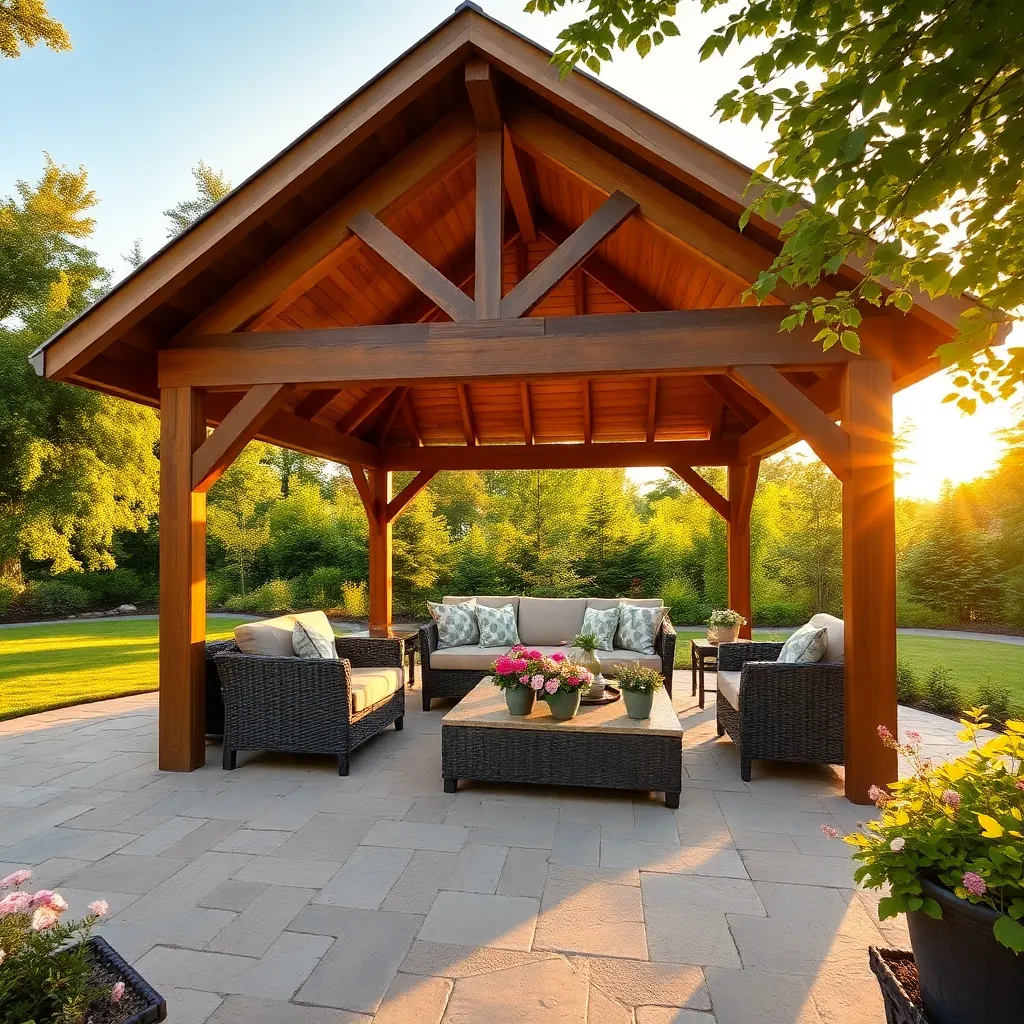
Understanding your climate conditions is crucial when selecting the right roof style for your gazebo. Start by evaluating the typical weather patterns in your area. If you experience heavy snowfall, consider a steeply pitched roof that allows snow to slide off easily, preventing structural strain. For areas prone to high winds, a hip roof offers better stability due to its aerodynamic shape. Additionally, consider materials like metal or asphalt shingles for durability in harsh climates.
On the other hand, if your region is predominantly sunny, a flat or slightly sloped roof with a reflective material like light-colored metal can help deflect heat and keep the gazebo cooler. For those in rainy areas, ensure your roof design includes proper drainage elements, such as overhanging eaves and gutters, to prevent water accumulation. By tailoring your gazebo roof to your specific climate needs, you enhance both its longevity and functionality, ensuring it remains a cherished outdoor feature for years to come.
Assess Gazebo Design Aesthetics
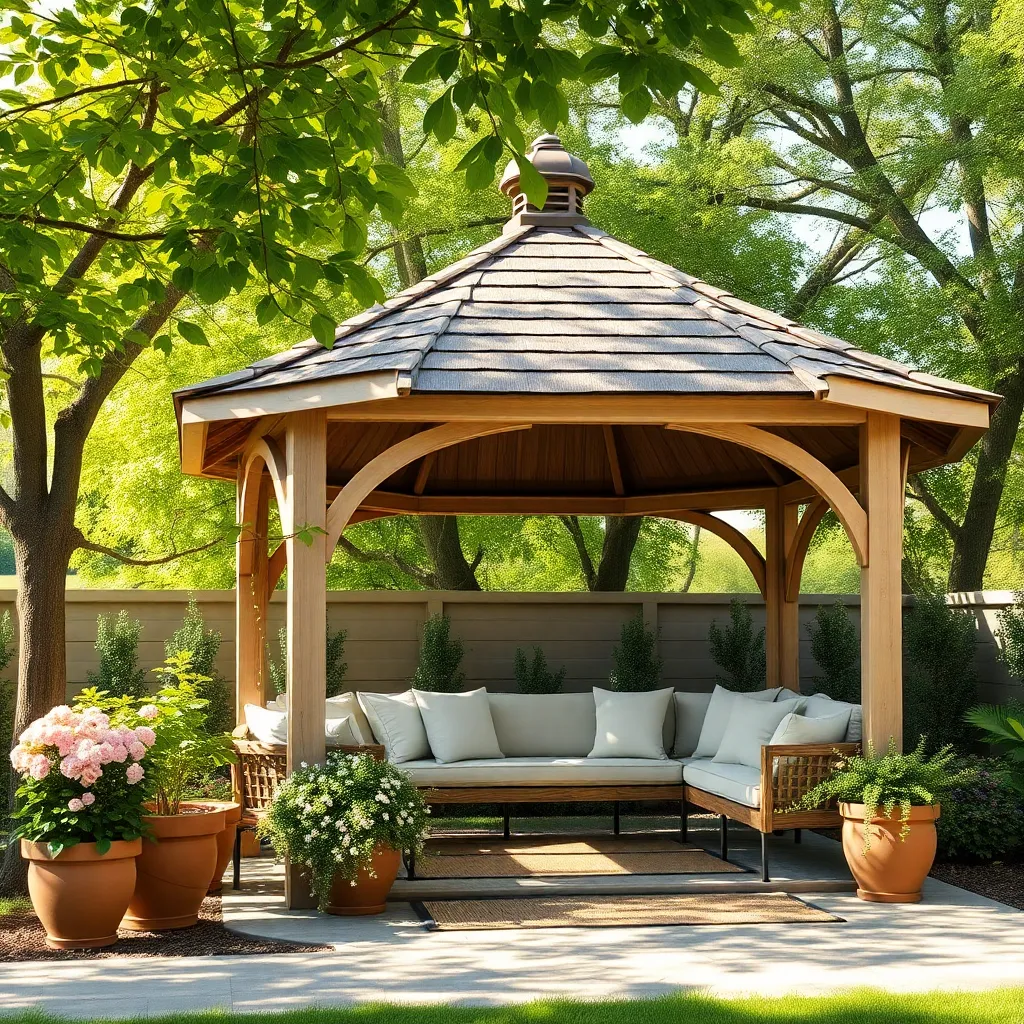
When assessing gazebo design aesthetics, consider the overall style of your home and garden to ensure a harmonious look. Materials like wood, metal, or vinyl can influence the ambiance significantly. For a rustic touch, opt for a wooden gazebo with intricate carvings, whereas a sleek metal gazebo can complement a modern setting. Beginners might start with simple, clean lines that offer versatility, while more experienced homeowners could explore elaborate designs and custom finishes.
Additionally, focus on specific design elements that enhance both functionality and appeal. Roof shapes such as domed, tiered, or flat can dramatically alter the visual impact and practicality of the gazebo. A domed roof, for instance, adds elegance and improves water runoff. Consider adding features like built-in lighting or screens for advanced customization. Remember, the right design not only elevates your garden’s aesthetics but also increases your outdoor space’s usability.
Explore Roof Style Options
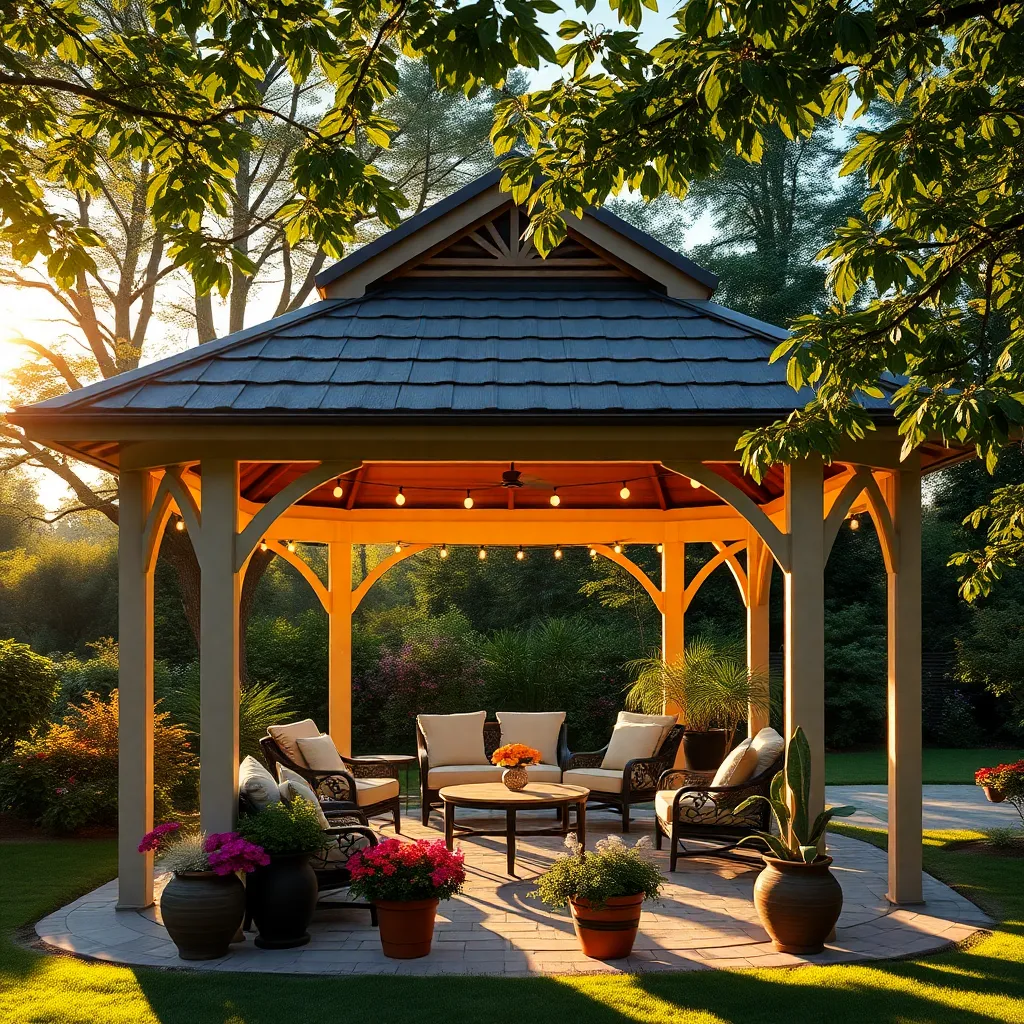
When choosing a roof style for your gazebo, consider the various options available to match your outdoor space and needs. A popular choice is the hip roof, known for its elegant design and excellent stability. It slopes down on all four sides, providing durability against strong winds and heavy snowfall. For those seeking simplicity, a gable roof features two sloping sides that create a classic triangular shape, allowing for effective water drainage and increased headroom.
For a more unique aesthetic, explore the pagoda roof, which adds an exotic flair with its multiple tiers. This design is not only striking but also functional, with layers that help disperse heat efficiently. If versatility and budget-friendliness are your priorities, consider a flat roof. It provides a modern look and can be easily adapted for additional features like a rooftop garden or solar panels. When selecting materials, opt for durable options like cedar or treated pine, and ensure proper sealing to extend the life of your gazebo roof.
Consider Maintenance Requirements
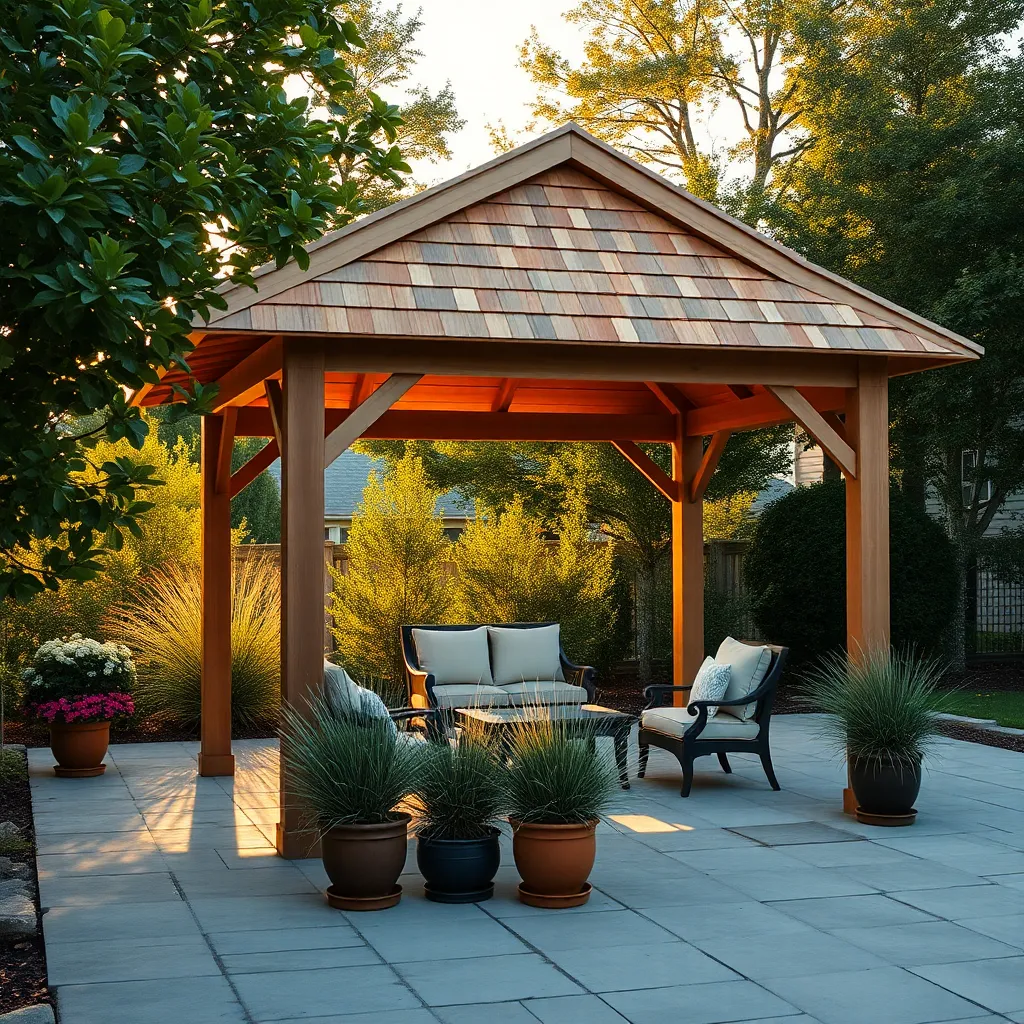
When choosing the right roof style for your gazebo, it’s essential to consider the maintenance requirements of different materials. Metal roofs, such as those made from steel or aluminum, are popular for their durability and low upkeep needs, making them ideal for homeowners who prefer minimal maintenance. On the other hand, wooden shingles offer a charming, rustic look but require regular sealing or staining to protect against weather damage, which might be a rewarding project for those who enjoy hands-on care.
In addition to material choice, the design of the roof itself can influence maintenance demands. A steep pitch can be advantageous in areas with heavy rainfall or snow, as it naturally sheds water and debris, reducing the need for frequent cleaning. However, it’s important to ensure that your chosen design is both aesthetically pleasing and practical for your specific environment. Consider installing a gutter system to manage water runoff efficiently, and plan for accessible cleaning and inspection points to simplify upkeep over time.
Finalize Roof Style Decision
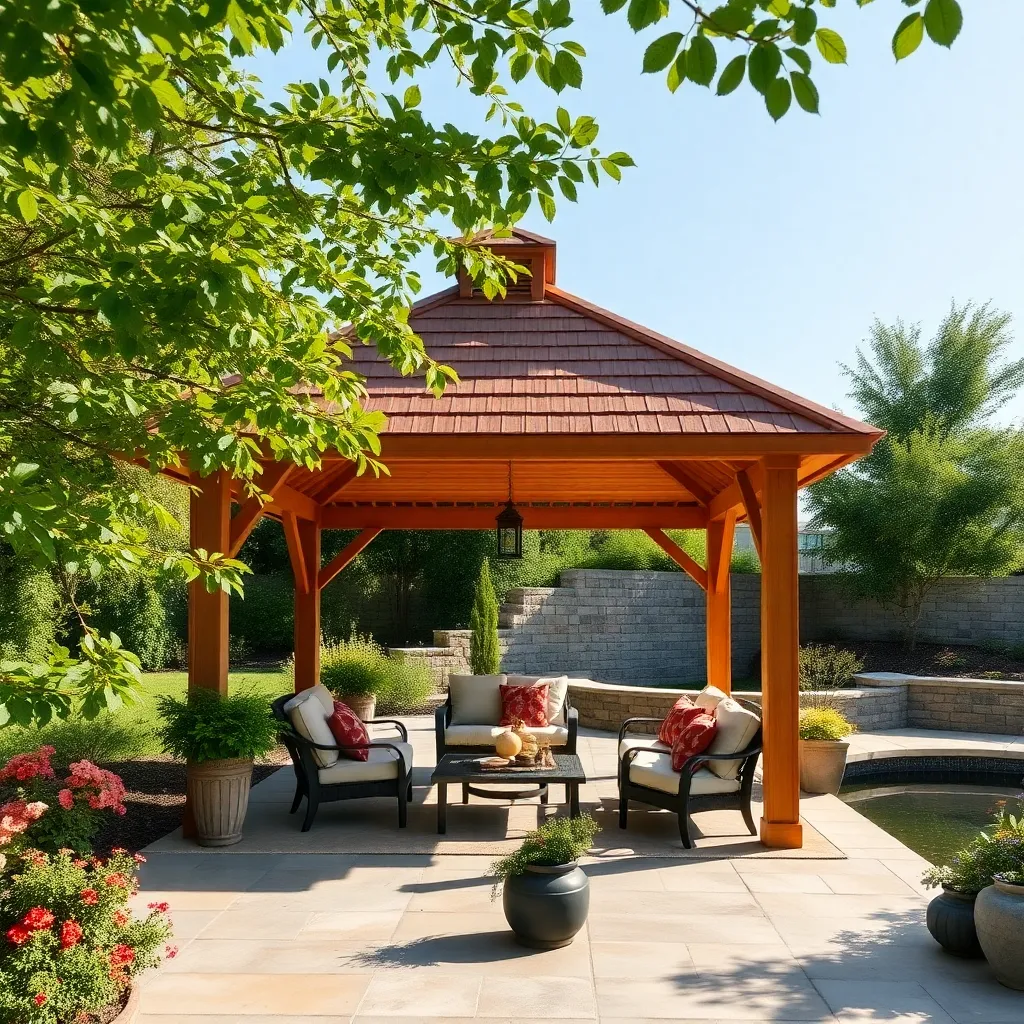
To finalize your roof style decision for your gazebo, consider the overall aesthetic and functionality that best suits your outdoor space. Common styles include hip, gable, and flat roofs, each offering distinct advantages. A hip roof provides a timeless look and excellent wind resistance, while a gable roof offers more headroom and a classic charm. For those looking for a modern touch, a flat roof is sleek and can be easier to construct. Evaluate the style that complements your home’s architecture and meets your practical needs.
Material choice is crucial; it affects durability, maintenance, and appearance. Opt for materials like cedar shingles for a natural look or metal roofing for longevity and minimal upkeep. Consider using polycarbonate panels if you want to allow more light into your gazebo. For those with a keen eye for detail, integrating decorative elements like ridge caps or cupolas can enhance the visual appeal. Always ensure that your materials are weather-resistant and suitable for your climate to enjoy your outdoor shelter for years to come.
Conclusion: Creating Beautiful Outdoor Spaces
In choosing the right roof style for your gazebo, you’ve explored five key concepts: understanding your environment, assessing your aesthetic preferences, evaluating functionality, considering budget constraints, and prioritizing long-term maintenance and durability. Each of these steps aligns with nurturing a healthy relationship, emphasizing the importance of thoughtful consideration and communication.
As a next step, take a moment to discuss these insights with your partner or family, aligning your choices with shared goals and preferences. This collaborative approach not only ensures a gazebo that enhances your outdoor space but also strengthens your decision-making partnership.
Remember, relationships—like gazebos—thrive with a solid foundation and thoughtful design. Bookmark this article to revisit these essential steps whenever you need to refresh your approach or embark on a new project. Doing so will ensure your decisions are consistently informed and aligned with your shared vision.
Looking ahead, applying these principles in various aspects of your relationship will pave the way for enduring success and fulfillment. Empower yourself today by taking these actionable insights to heart, fostering a harmonious and resilient partnership. Save this guide to keep your relationship, and your gazebo, beautifully aligned for years to come.
